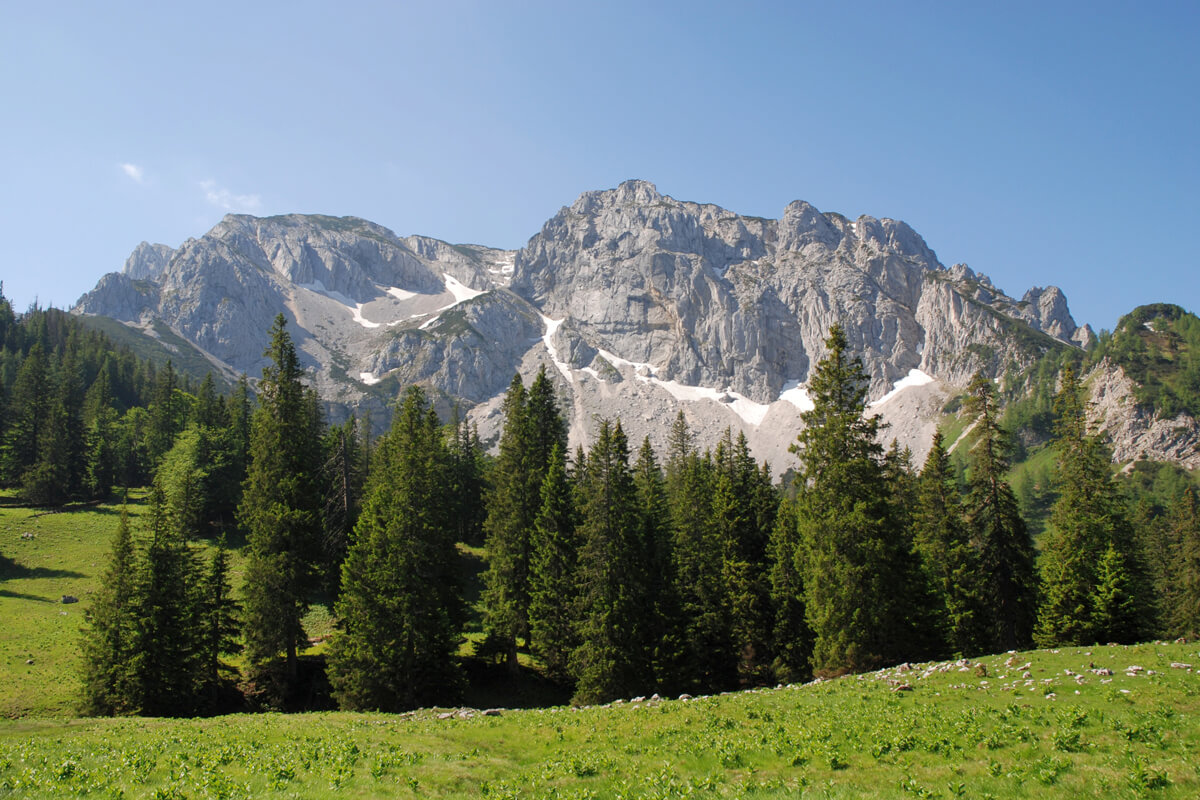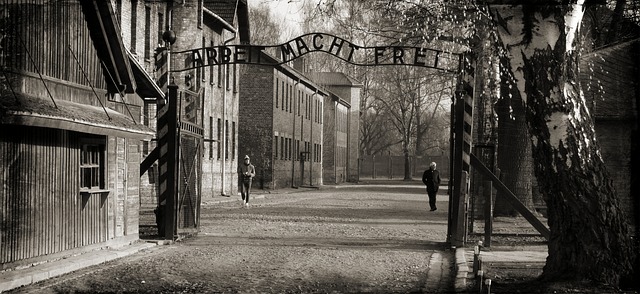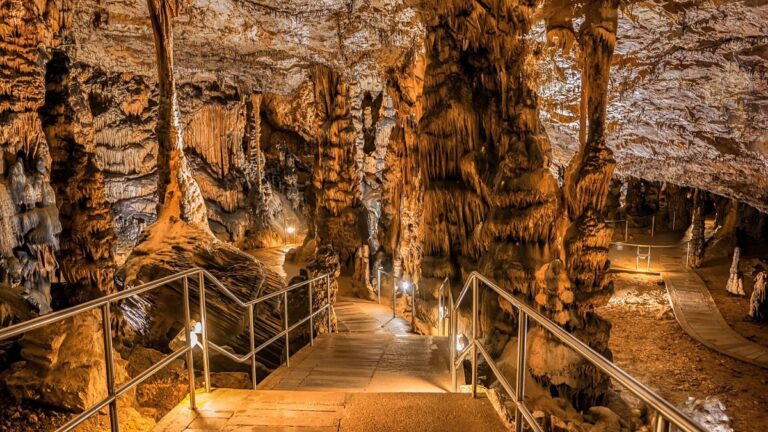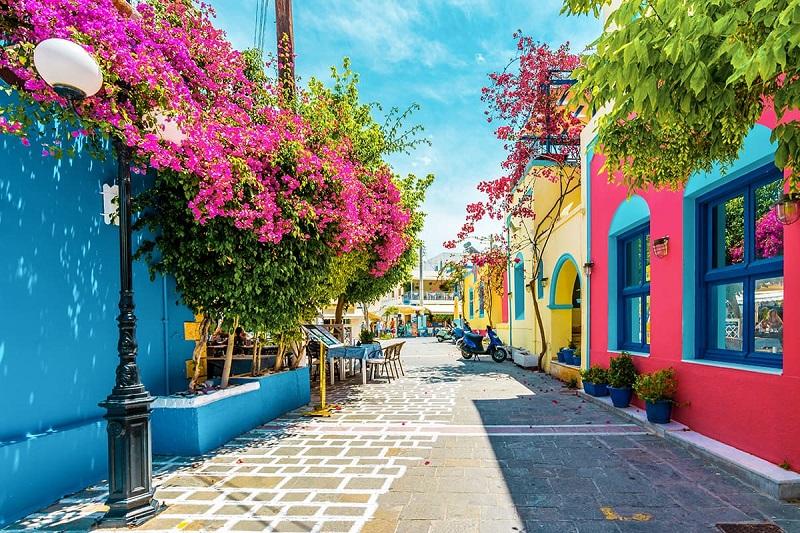Guide to Kalkalpen: Austria’s Verdant National Park
Nestled in the heart of Upper Austria, Kalkalpen National Park (Nationalpark Kalkalpen) is a stunning tribute to nature’s resilience and grandeur. This UNESCO-designated wilderness area is Austria’s largest forested national park and a sanctuary for ancient beech forests, wild mountain landscapes, and rare species that thrive in unspoiled habitats.
Established in 1997, Kalkalpen National Park protects the Northern Limestone Alps, including two major mountain ranges: the Sengsengebirge and Reichraminger Hintergebirge. These rugged limestone formations cradle pristine valleys, alpine pastures, and karst features like caves and sinkholes.
With this rugged diversity, it’s easy to see why Kalkalpen is an astounding destination. Here’s our comprehensive guide to Kalkalpen National Park;
Please Download Our Mobile App here.
Overview of Kalkalpen National Park
Kalkalpen National Park is Austria’s largest contiguous forest wilderness and the most significant forest national park in the Alpine region. Located in the southeast of Upper Austria, the park encompasses the rugged mountain ranges of the Reichraminger Hintergebirge and the Sengsengebirge.
Its landscape is a richly varied mosaic of around 30 different forest types, creating an intricate network of habitats that support extraordinary biodiversity. Forests dominate the park, covering about 81% of its area, with additional natural features such as mountain pine zones (8%), alpine meadows (6%), and rocky scree fields (5%).
The park’s pristine beech forests earned it UNESCO World Heritage recognition, and today, it represents Central Europe’s largest stretch of forested wilderness. The park’s elevation varies dramatically, rising from 385 meters (1,263 feet) to 1,963 meters (6,440 feet) above sea level. There are deep gorges tucked into the mountain folds and rivers weaving through the terrain.
A total of 200 kilometers (124 miles) of stream beds meander through the landscape, feeding the lush forests and supporting a thriving array of wildlife. For visitors seeking breathtaking views, the 21-meter (69-foot) high Wurbauerkogel lookout tower offers sweeping panoramas of the region. From here, you’ll be able to glimpse 21 different peaks, many soaring above 2,000 meters (6,600 feet).
Wildlife in Kalkalpen National Park

Kalkalpen National Park in Austria offers a remarkable glimpse into a thriving natural ecosystem, home to an impressive variety of wildlife. The park supports around 50 species of mammals, including elusive predators such as the Eurasian lynx and more commonly seen animals like red deer, roe deer, and red foxes.
Birdwatchers will find the area particularly rewarding, with 80 species of birds inhabiting the park. These include majestic golden eagles and rare forest specialists like the white-backed woodpecker. The park’s biodiversity extends to its streams and wetlands which harbor amphibians, reptiles, and native fish species. Kalkalpen is also carpeted with roughly 1,000 species of flowering plants, 42 of which are wild orchids.
Best Time to Visit Kalkalpen National Park
The ideal time to visit Kalkalpen National Park is from spring through late autumn. During this window, the park experiences milder temperatures and clear trails make outdoor activities like hiking and cycling especially enjoyable. Summer (June to August) is the busiest season. These months draw visitors eager to take full advantage of open trails, vibrant alpine flora, and a wide range of guided tours and nature programs.
Spring and autumn (April to May and September to October) offer a quieter alternative with comfortable weather, beautiful landscapes. In spring, the landscape blossom giving it a surreal feeling. On the other hand, autumn brings fall colors and fewer tourists, making it easier to find affordable accommodations.
For those who appreciate a more serene and introspective experience, the winter months (November to March) blanket the park in snow. This creates opportunities for snowshoeing and peaceful walks through a transformed landscape. However, winter visits require extra care, as conditions can be challenging and proper gear is essential for staying safe and warm.
Getting to Kalkalpen National Park
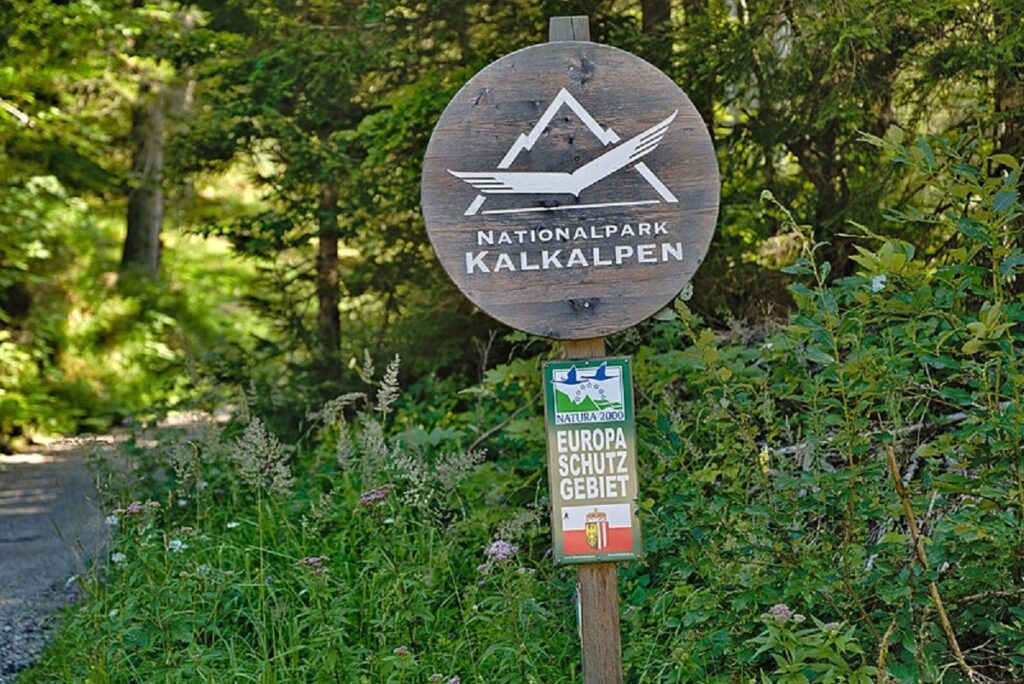
Reaching Kalkalpen from Vienna is straightforward, with several convenient options available. The most direct way is by car. The adventure offers flexibility and scenic views along the roughly three-hour drive into the heart of Austria. Using a route planner like Google Maps can help optimize your journey, especially if you’re aiming to explore multiple areas within the park.
For those preferring a more relaxed approach, public transportation is a viable and comfortable alternative. Trains from Vienna connect to nearby towns such as Windischgarsten and the Enns Valley communities of Großraming and Reichraming. From these hubs, buses can take you closer to various access points within the park.
Other Activities in Kalkalpen National Park
Kalkalpen National Park offers a wide range of activities throughout the year. In winter, the snow-covered landscapes transform the park into a peaceful wonderland, ideal for skiing and snowshoe hiking. Come summer, the terrain opens up to a network of trails that invite visitors to fully immerse themselves in the park’s untamed wilderness.
One of the park’s standout experiences is hiking up to the Wurbauerkogel lookout tower, where you’ll be treated to sweeping panoramic views. Trail options are plentiful and cater to a variety of preferences. For instance, the 3.24-mile Gasthaus Polsterluckn – Schiederweiher loop is perfect for a light 90-minute stroll with minimal elevation change.
The Ausblick – Schiederweiher loop, at 7.5 miles and a 1,050-foot climb, offers a moderately paced half-day adventure. The Dumlerhütte-Gleinkersee Trail presents a more rigorous challenge with its 2,175-foot ascent over 4 to 5 miles while the demanding Dr. Vogelsang-Klamm-Hofalm Trail stretches nearly 10 miles, climbing 2,725 feet over six hours.
Park Fees in Kalkalpen National Park
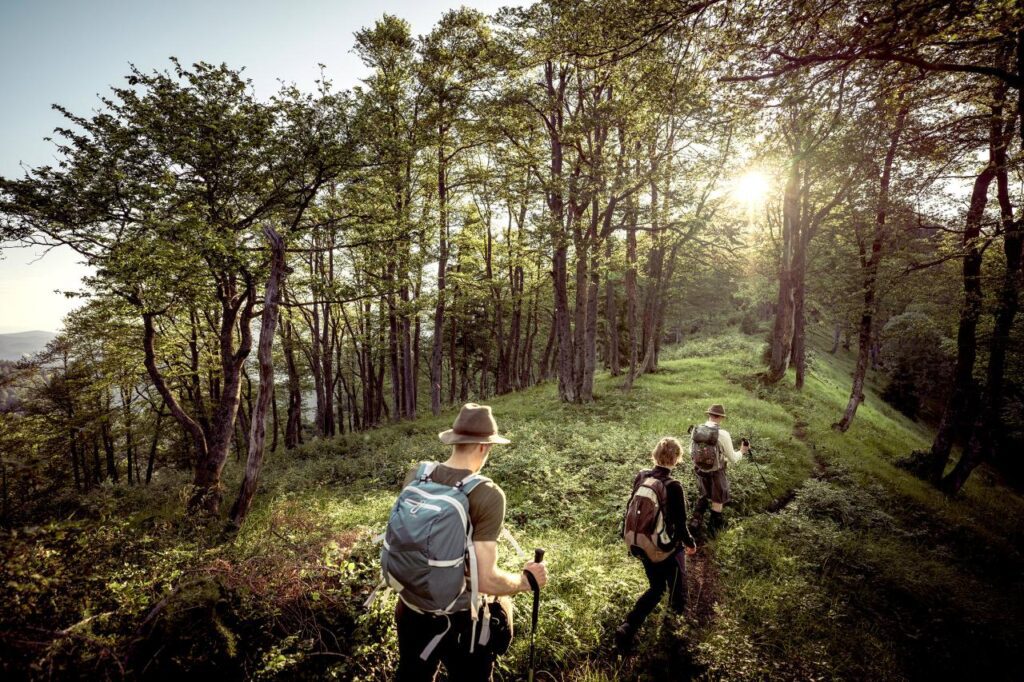
Kalkalpen charges no entrance fee. However, you’ll pay a small fee to take part in some activities within the park, especially if you’re under a guided tour. For example, joining a guided ranger tour that includes equipment like snowshoes and poles involves a fee, typically ranging from €18 for children to €29 for adults.
More tailored experiences, such as individual ranger-led excursions—like cave explorations or snowshoe treks—are also available at separate rates. You can still see the park on your own but it can be pretty overwhelming finding some hidden spots.
FAQs
Is Kalkalpen National Park worth visiting?
Kalkalpen National Park is definitely worth a visit, especially for those who appreciate the beauty of untouched nature and love outdoor activities. Visitors will find a rich variety of landscapes to explore, from dense, wild forests and secret gorges to sweeping mountain vistas that offer breathtaking views. It’s an ideal destination for hiking enthusiasts, cyclists, and anyone looking to immerse themselves in the natural world.
Do you need fishing permits in Kalkalpen?
If you’re planning to fish in Kalkalpen National Park, you’ll need a fishing permit commonly referred to as a Fischerkarte. This is not just a park-specific rule but a legal requirement across all Austrian federal states.
Conclusion
Kalkalpen National Park is more than just a protected area—it’s a living laboratory of wilderness restoration and a haven for nature lovers. Whether you want to hike through ancient forests or enjoy a trout fishing adventure, the park reconnects you with the rhythms of the natural world.
